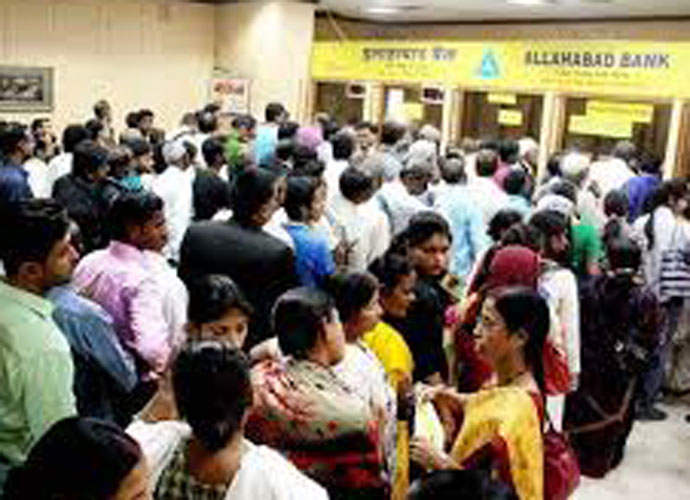Why you shouldn't expect cheaper loans from demonetisation

Do you expect cheap credit bounty after demonetisation? Hang on! Even if the Reserve Bank of India (RBI) reduces the repo rate by 25-50 basis points on Wednesday, banks will hardly be able to make your credit life easier post the monetary shock.
RBI lends money to banks on the repo rate but with a deposit glut, the repo rate cut may just remain a token policy move as banks no more need money from the RBI.
It is reasonable to expect "loans go cheaper" headlines on December 7, the day when RBI's Monetary Policy Committee (MPC) will meet for the first time since demonetisation.
Hopes of a rate cut are of course consistent with economic and political realities post demonetisation. Low inflation and expected slowdown in economic growth certainly necessitate an easy monetary policy.
A low-interest rate regime also syncs with the government’s narrative of delivering cheaper credit post cash cleansing. However, all this is unlikely to bring credit costs down for consumers and industry in the short run, because banks may not transmit the repo rate cut to borrowers.
The challenge for banks to bring the borrowing cost down does not lie in the macro-economy but rests inside the banking system.
On April 1, 2016, the RBI launched a new method to calculate interest rate on bank loans: marginal cost of funds-based lending rate (MCLR).
Before the complex MCLR formula came into action, banks would follow the base rate mechanism to decide interest rate on lending. The base rate is a spread which is based on the amount of time one wants the loan (the tenor) and the risk the borrower’s personal profile involves (a risk premium). The base rate changes when banks receive funds from RBI on reduced costs, for example, in the event of RBI cutting the repo rate.
Under MCLR, banks are required to fix lending rates based on their costs of funding. A bank raises money through deposits, bonds and wholesale borrowing. The cost of funds includes the bank’s establishment costs and minimum amount of profit as well.
The RBI has put all of this into a formula that banks can use to quantitatively determine their lending rate. Banks publish different MCLRs rates once a month under varied lending tenor ranging from overnight lending to one year.
 |
| Demonetisation has actually staged an anti-climax in the banking system. (Photo: India Today) |
Whenever banks get excess liquidity, they tend to deposit their cash with RBI to earn an interest. They also reduce fixed deposit rates to contain losses in order to ensure a higher interest margin. After RBI’s easy monetary stance, this process logically leads to the cut in lending rates.
The banks followed this rule initially to reduce losses arising out of the deposit glut after demonetisation. However, the drive has brought massive cash to banks and despite RBI hiking the cash reserve ratio (CRR) and supply of bonds, banks are still flooded with deposits. Since they are forced to accept deposits and withdrawals are limited, they have to cut marginal cost of funds to follow RBI’s possible diktat on cheap lending.
Most loans by banks are floating rate loans (the rate of interest varies with market conditions), linked to MCLR. If banks cut the MCLR, not only do new borrowers get benefited, even current borrowers see their borrowing rates go down. However, in the event of slashing deposit rates, only new depositors will be affected, not the existing ones. This makes banks unwilling to reduce their MCLR.
Right at the time when deposits are piling up, NPAs are high and there are no hopes of getting new borrowers in the short term, so banks have no window left for fund’s cost reduction. Most experts at Mint street feel that even if RBI goes for aggressive repo rate cut, banks won’t like to cut the MCLR in the near future. Repo rate cut will anyway not work this time as banks are already flush with depositors' money.
Even before demonetisation, banks have not passed the benefit of recent repo and deposit rate cuts to lenders. In the last one year, 31 of 34 scheduled commercial banks reduced deposit rates, but only 15 of 34 banks cut the interest rate on loans.
Demonetisation has actually staged an anti-climax in the banking system. Cheaper bank credit is one of the core narratives of demonetisation, however, lack of financial depth and shortage of instruments (bonds) has forced banks to carry huge money on their books for a longer than expected period.
The fact remains that demonetisation will inflict pain on depositors by lower returns on their bank deposits much before it blesses borrowers with cheaper loans.

